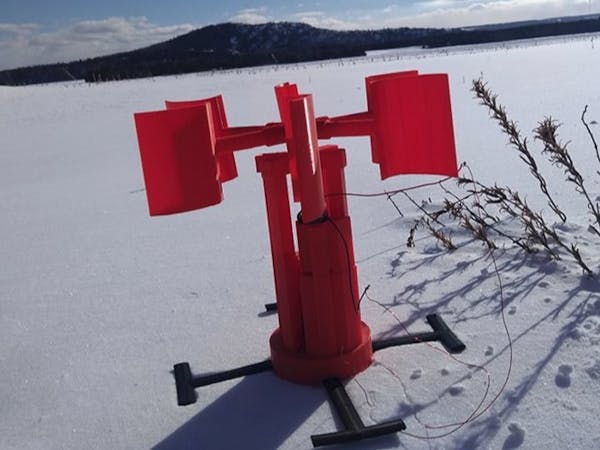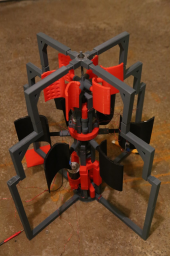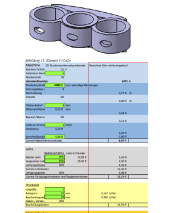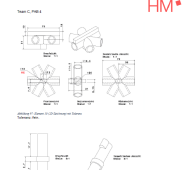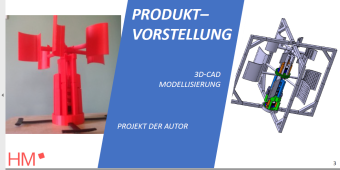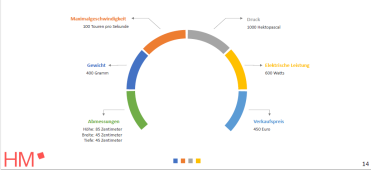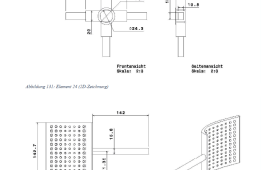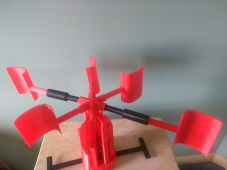No it is not as you say about the amps that is again a wrong point in the same way as when you said that the red turbines where static and you do not mention it in this comments because I showed you in the picture where to look to check that it was not static. It is a multi meter attached to the 2 cables that brings the current of the several dc motors used in the test. The video of the hawt was done long time ago, but I will do another one!!!I think you are quoting open circuit volts and short circuit amps.
Have you measured voltage and amps at the same time, with a load?
That's your HAWT, not VAWT.
This time it is driving a load, so that is more meaningful than open/short circuit tests.
I can't tell that it is producing more than 2.5W. How many volts across the string of bulbs, and how many amps through?
How does HAWT perform under same conditions?
It is good that you are doing fabrication, mechanical, and electrical experimentation.
But you need to measure watts produced. And correlate it with wind speed.
I did some similar tests using a stepper motor as a generator. I was thinking of micro-hydro application, and thought the large number of poles would be good for low RPM. I was disappointed how little it generated in bench tests. Obviously a different motor would work better.
Again I insist it uses for the amperage test 8 dc motors each one making a part of the total amperage and a common voltage and this again it used a gearbox of range of 10x1 to multiply the shafts rotation.
Use several multi-generators. DC motors will do well as you can use directly the current. Do you have a 3d printer? Would you like I design you a micro-hydro application using this type of design that are applied to the blades?
I forgot to answer you the question you made about the horizontal device. Each LED have a pushing of 2 watts and it is used 7 bulbs but if more would be added it would run good also.

Any way, the horizontal blades design is similar but in a different way to the vertical one and considering it uses again a gearbox of 10x1 and the length of the blades are just 15 centimetre, it is amazing the work it do. The wind that day was 45-50 km/h in the forecast but as you can see there was a building in front covering from the arriving wind.
Last edited:



